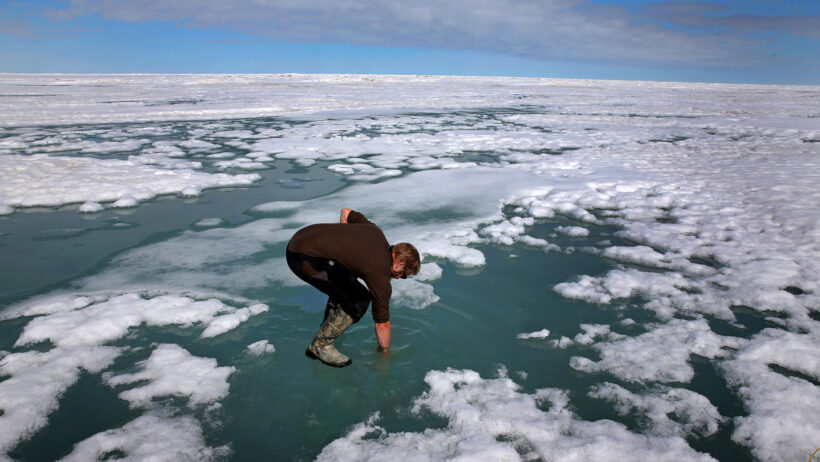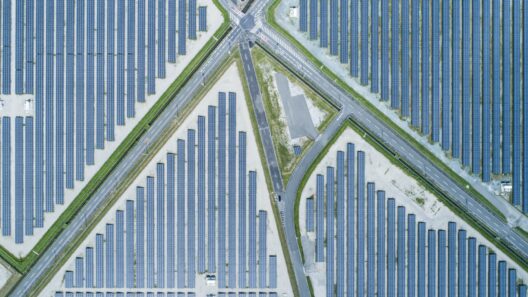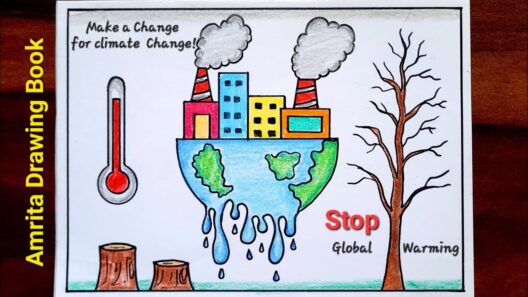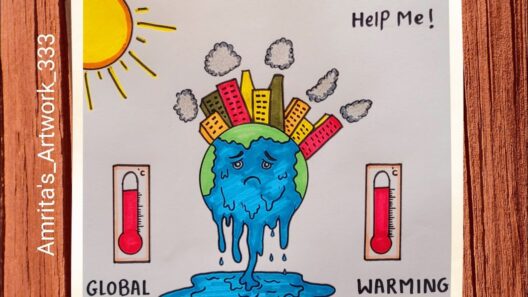The interplay between climate change and extreme weather events is a pertinent subject that warrants careful examination. While global warming is often associated predominantly with rising temperatures, the phenomenon has the paradoxical effect of inducing extreme winter conditions in certain regions. This seemingly contradictory relationship can be attributed to the fundamental shifts in atmospheric patterns caused by climate change. Understanding this connection is crucial, especially as society grapples with the consequences of an ever-changing climate.
The first aspect to consider is the polar vortex. This is a large area of low pressure and cold air surrounding the Earth’s poles. Under normal conditions, this cold air is contained by the polar vortex, maintaining a barrier that keeps frigid temperatures confined to the Arctic regions. However, as temperatures rise globally, the polar regions experience dramatic warming. This warming can destabilize the polar vortex, causing it to weaken and occasionally split. When this happens, cold Arctic air can plunge southward, resulting in severe winter weather in mid-latitude regions, an occurrence that is increasing in frequency.
One pertinent example of this phenomenon was observed during the winter of 2013-2014 in North America. An unusual and sustained cold snap gripped much of the continent, with temperatures plummeting to near-record lows. This event was linked to the weakening of the polar vortex, as a consequence of the abrupt warming of the Arctic. The resultant cold air outbreak led to frigid conditions cascading across various states, showcasing how warming can have paradoxical effects.
Furthermore, the relationship between global warming and temperatures is nuanced. While the average global temperature is on the rise, regional variability can lead to stark contrasts. For instance, while parts of the globe may experience higher temperatures, others may face an increase in the severity and frequency of winter storms. Enhanced moisture in the atmosphere, a result of warmer temperatures, transforms cold snaps into intense snowstorms. These storms carry heavy precipitation in the form of snow, often debilitating infrastructure and straining resources.
Climate change also affects ocean temperatures and currents, which in turn have significant impacts on winter weather patterns. The Atlantic Meridional Overturning Circulation (AMOC) is a crucial ocean current that plays a pivotal role in regulating climate. Changes in the AMOC due to melting ice sheets can disrupt weather patterns across the Northern Hemisphere. Anomalies in ocean temperatures can lead to shifts in atmospheric conditions, heightening the likelihood of extreme winter weather. This contributes to an intricate web of climate interactions where warming oceans are associated with more severe and unpredictable winter experiences, underscoring the complexity of climate change.
Moreover, the increased occurrence of extreme weather events tells a story of resilience and adaptation. Communities historically unaccustomed to such severe winters face unique challenges. Adaptation strategies are essential to safeguard against these winter extremes, requiring significant investment in infrastructure, emergency services, and community preparedness. As the intensity and frequency of cold snaps increase, municipalities must now contend with a stark reality — the need to design urban spaces that can withstand the rigors of extreme weather, all while considering long-term sustainability and environmental responsibility.
Public perception and understanding of climate change play a critical role in addressing these challenges. For many, the concept of extreme winter weather juxtaposed against the backdrop of global warming is perplexing. It is essential to communicate that rising average temperatures do not negate the possibility of harsh winter conditions; rather, they encompass the broader climatic shifts inherent to a warming planet. Clarity in conveying this information helps foster informed discussions, galvanizing communities toward action and understanding.
Scientific research continually reinforces the notion that climate change manifests in multiple and often unexpected ways. Efforts to model and predict future weather patterns are paramount, as they equip societies with the knowledge necessary to prepare for the vicissitudes of climate. Investing in research that explores the interaction between different climatic factors, including ocean currents, atmospheric pressure systems, and global temperature shifts, further enriches the conversation and aids in bolstering resilience against the realities of climate-driven extreme weather.
In tandem, fostering a culture of environmental stewardship is vital. As individuals, communities, and nations collectively converge on understanding the complexities of climate change, it is imperative to adopt sustainable practices that mitigate adverse effects. From reducing greenhouse gas emissions to investing in renewable energy, every action contributes to a larger goal — a stable climate system capable of supporting resilient ecosystems and human societies.
In conclusion, the paradox of how global warming can precipitate extreme winters necessitates a reevaluation of our understanding of climate dynamics. The phenomena resulting from climate change, such as weakened polar vortices and altered ocean currents, serve as a clarion call for informed action. Mitigating these unpredictable impacts of climate change demands a dual approach: robust scientific inquiry and proactive community engagement. It is within this confluence that society can pave the way for a sustainable and resilient future, ready to confront the challenges posed by our ever-evolving climate.







